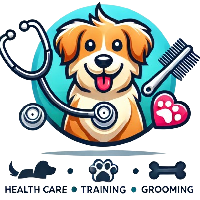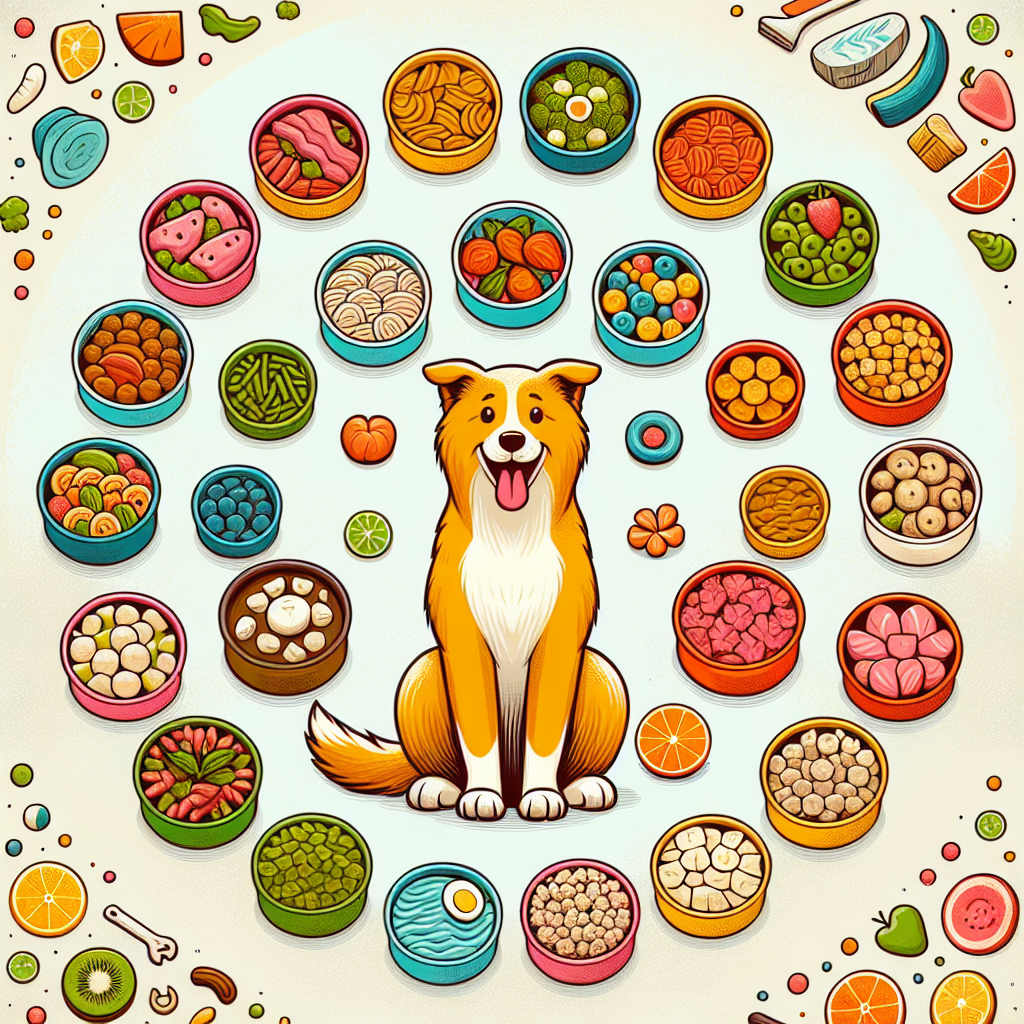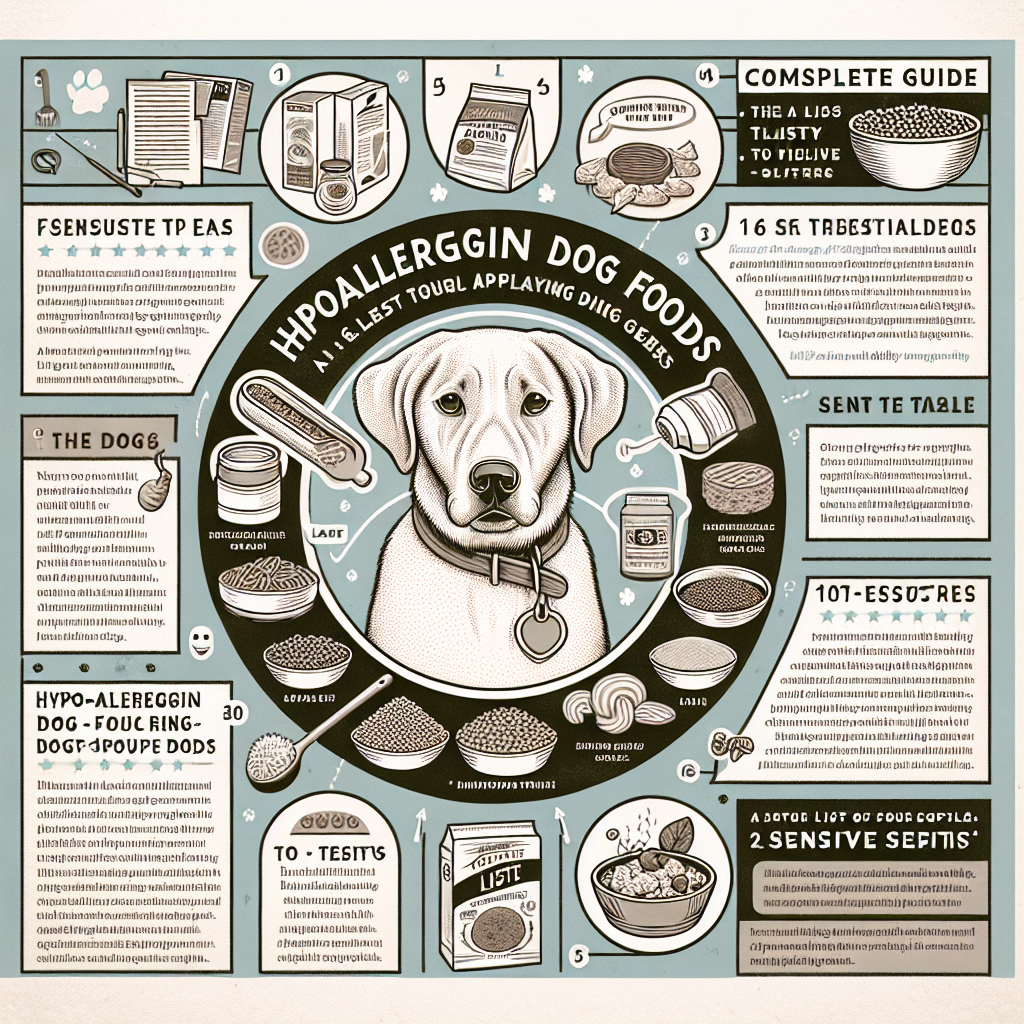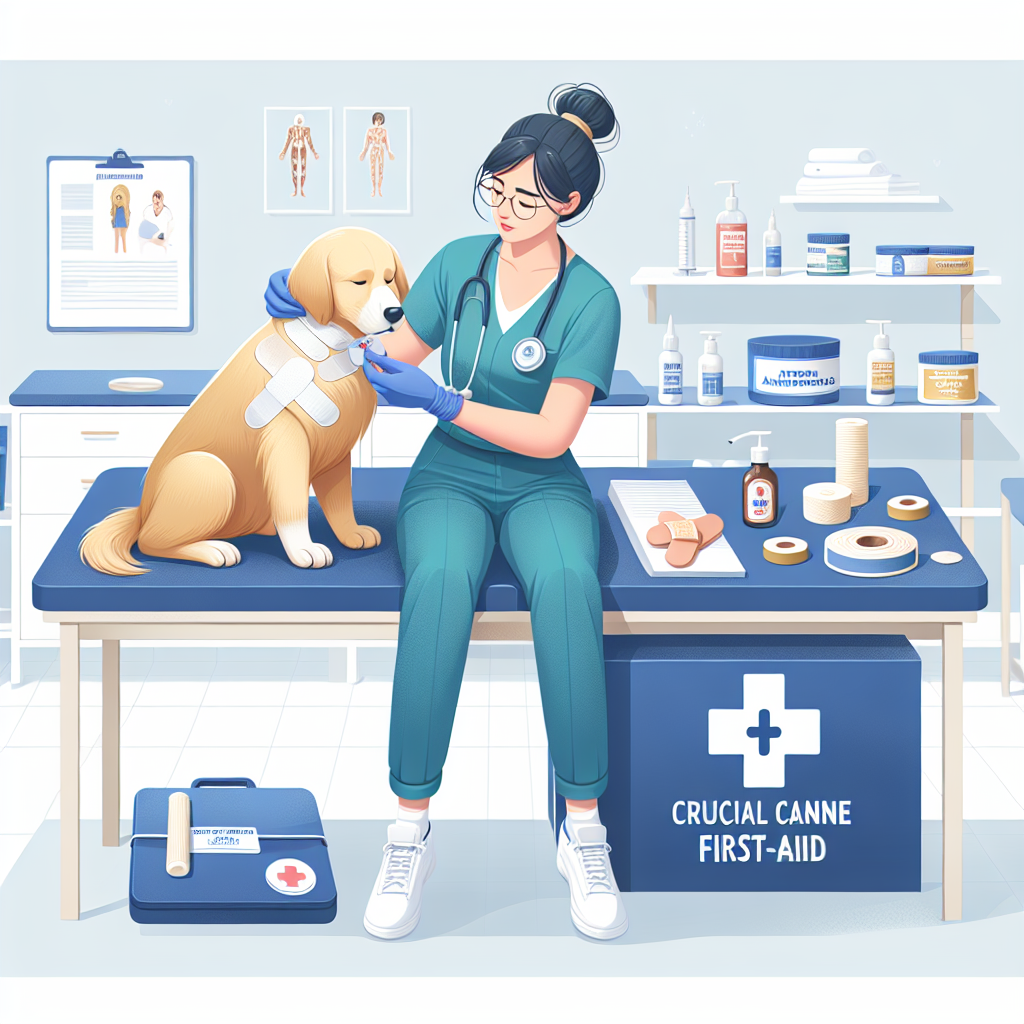
As responsible pet owners, ensuring our canine companions receive the best nutrition possible is fundamental to their health, happiness, and longevity. This guide aims to provide a comprehensive and detailed framework for understanding and implementing a balanced diet for dogs. Covering everything from the basics of canine nutrition to specific dietary needs and tips, this article will empower you to create the optimal diet plan for your furry friend.
1. Understanding Canine Nutrition
A well-balanced diet for dogs requires an appropriate mix of proteins, carbohydrates, fats, vitamins, and minerals. Each component plays a vital role in maintaining overall health.
Proteins
Proteins are the building blocks of your dog’s body. They support muscle development, repair tissues, and are essential for enzyme and hormone production. The primary sources of protein in dog food include chicken, beef, lamb, fish, and plant-based proteins like lentils and peas.
-
- Animal-based proteins: These are generally more easily digestible and offer complete amino acid profiles.
-
- Plant-based proteins: Useful for dogs with specific dietary restrictions, though they may need to be combined to provide all essential amino acids.
Carbohydrates
Carbohydrates provide a quick source of energy. While not as essential as proteins and fats, they play a significant role in a balanced diet. Sources include grains like rice, oats, and barley, as well as vegetables and fruits.
-
- Grains vs. Grain-Free: Grains can be a valuable part of a dog’s diet but some dogs may require grain-free options due to allergies.
Fats
Fats are crucial for energy, brain function, and skin and coat health. They also aid in the absorption of fat-soluble vitamins (A, D, E, K). Common sources of fats include animal fats and flaxseed oil.
Vitamins and Minerals
Vitamins and minerals are essential for various bodily functions including immune system support, bone health, and blood clotting. A well-balanced dog food will typically include the following nutrients:
-
- Vitamins: A, B-complex, C, D, E, and K.
-
- Minerals: Calcium, phosphorus, potassium, sodium, and magnesium, among others.
2. Types of Dog Food
Choosing the right type of dog food is crucial for meeting your dog’s dietary needs. Each type has its advantages and potential drawbacks.
Dry Food (Kibble)
Dry food is probably the most convenient and economical food option for many pet owners. It’s easy to store, has a long shelf life, and promotes dental health by reducing plaque build-up.
-
- Pros: Convenience, cost-effectiveness, easy storage.
-
- Cons: May contain fillers and preservatives, not as palatable as wet or raw food.
Canned Food
Canned food offers higher moisture content, which is beneficial for dogs who require more hydration. It often has a higher protein content and is generally more palatable.
-
- Pros: High moisture content, increased palatability.
-
- Cons: More expensive, requires refrigeration after opening.
Raw Food Diet
A raw food diet typically includes raw meat, bones, fruits, and vegetables. Advocates argue that this diet more closely mimics what dogs would eat in the wild.
-
- Pros: High in natural nutrients, avoids preservatives and additives.
-
- Cons: Risk of bacterial contamination, potential for an unbalanced diet if not properly formulated.
Homemade Dog Food
Homemade dog food allows for complete control over what goes into your dog’s diet. When done correctly, it can be highly nutritious.
-
- Pros: Complete control over ingredients, can tailor to specific health needs.
-
- Cons: Time-consuming, requires in-depth nutritional knowledge.
Commercially Prepared Raw Food
This type combines the benefits of raw food with the convenience of commercial preparation and packaging.
-
- Pros: Convenience of pre-packaged meals, usually well-balanced.
-
- Cons: Higher cost, needs to be kept frozen or refrigerated.
3. Age-Specific Nutritional Needs
Different life stages require different nutritional compositions to ensure optimal health.
Puppies
Puppies need a diet rich in protein, fat, and calories to support their rapid growth and development. DHA, an omega-3 fatty acid, is essential for brain development.
-
- Feeding Frequency: Puppies should be fed 3-4 times a day.
Adult Dogs
An adult dog’s diet should maintain weight and provide energy without leading to obesity. Proteins and fats should remain a principal part of their diet.
-
- Feeding Frequency: Most adult dogs do well with 2 meals per day.
Senior Dogs
Senior dogs may need fewer calories to prevent obesity but require more fiber and joint-supporting nutrients such as glucosamine and chondroitin.
-
- Feeding Frequency: Often 2 smaller meals per day to aid digestion.
4. Tailoring Diets for Specific Health Conditions
Different health conditions require specific dietary adjustments.
Obesity
If your dog is overweight, look for a diet that is lower in calories but rich in fiber to make your pet feel fuller with fewer calories. Avoid high-fat treats and opt for vegetables like carrots and green beans as snacks.
Allergies and Food Sensitivities
For dogs with food allergies, it’s crucial to identify and avoid the offending ingredients. Hypoallergenic diets often use novel proteins like duck or venison and carbohydrate sources such as sweet potatoes.
Digestive Issues
Dogs with sensitive stomachs may benefit from a diet that includes easily digestible ingredients like chicken and rice. Probiotics can also support gut health.
Joint Health
For dogs with arthritis or joint pain, incorporate foods that include glucosamine, chondroitin, and omega-3 fatty acids. Some commercial diets are formulated specifically to support joint health.
5. Assessing Your Dog’s Nutritional Needs
It’s essential to tailor your dog’s diet to their specific needs, which can be influenced by age, breed, size, and health status. Frequent assessments and adjustments may be necessary.
-
- Weight and Body Condition Score (BCS): Regularly check your dog’s weight and BCS. Adjust their diet as needed to maintain an optimal condition.
-
- Energy Levels: Monitor your dog’s activity levels as more active dogs may require more calories.
-
- Coat and Skin: A shiny coat and healthy skin often indicate good nutrition, while dullness and itchiness might signal dietary deficiencies.
-
- Stool Quality: Regular and well-formed stools generally signify a balanced diet.
6. How to Read Dog Food Labels
Understanding dog food labels helps in making informed choices.
-
- Ingredient List: Ingredients are listed by weight, so the first few ingredients are predominant. Look for high-quality proteins and avoid foods with vague terms like “meat by-product”.
-
- Guaranteed Analysis: This section lists the percentages of crude protein, fat, fiber, and moisture. Compare these to your dog’s needs.
-
- Nutritional Adequacy Statement: Indicates if the food is complete and balanced. Look for statements saying for “All Life Stages,” “Adult Maintenance,” or “Growth.”
-
- Feeding Guidelines: These are general recommendations. Adjust based on your dog’s specific needs and consult your veterinarian if in doubt.
7. Supplements: When and How to Use Them
Supplements can be beneficial but should only be used when necessary and recommended by a veterinarian.
-
- Joint Supplements: Glucosamine and chondroitin for arthritis.
-
- Probiotics: To support digestive health.
-
- Omega Fatty Acids: Benefits skin, coat, and joint health.
-
- Vitamins: Only if a deficiency is diagnosed.
8. Transitioning to a New Diet
Changing your dog’s diet should be done gradually to avoid gastrointestinal upset.
-
- Start Slow: Mix a small amount of the new food with the current diet. Increase the new food gradually over 7-10 days.
-
- Monitor: Watch for digestive issues such as diarrhea or vomiting.
-
- Adjust if Necessary: If problems persist, consult your veterinarian.
9. Common Mistakes to Avoid
-
- Overfeeding: Leads to obesity and related health issues.
-
- Underfeeding: Causes malnutrition and weakness.
-
- Feeding Inappropriate Foods: Some human foods are toxic to dogs (e.g., chocolate, onions, grapes).
-
- Lack of Variety: Ensure a balanced diet; exclusive feeding of one type can lead to deficiencies.
-
- Ignoring Veterinary Advice: Always consult your vet when in doubt about your dog’s diet.
10. Conclusion
A balanced diet is crucial for optimal canine health, contributing significantly to your dog’s longevity and quality of life. By understanding the basics of canine nutrition, regularly assessing your dog’s needs, and staying informed about the best dietary practices, you can ensure your furry companion thrives.
Nourishing your dog isn’t merely about feeding them; it’s about fueling their bodies for a lifetime of health and happiness. Always consult your veterinarian for personalized advice and adjustments, recognizing that nutritional needs can evolve with age and health changes.
By investing time and thought into your dog’s diet today, you set the foundation for many joyful years together.
#ChatGPT assisted in the creation of this article.




